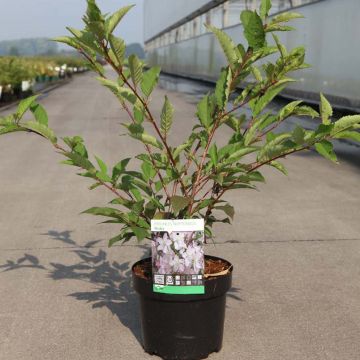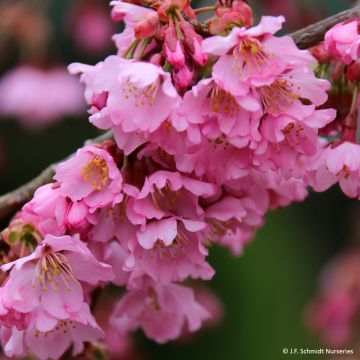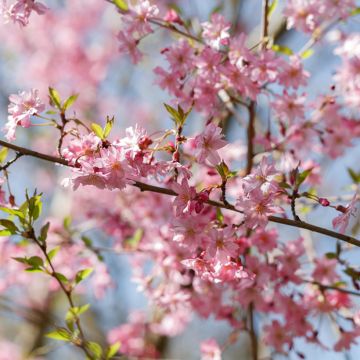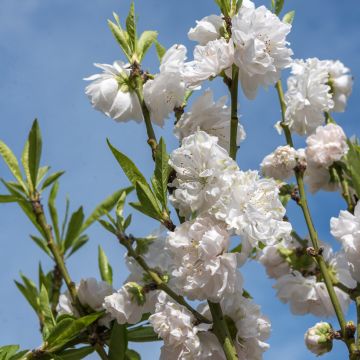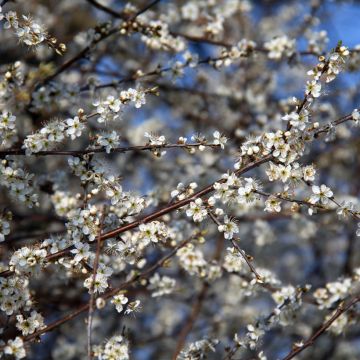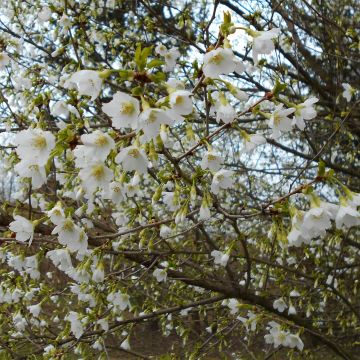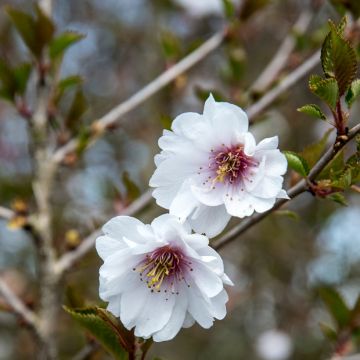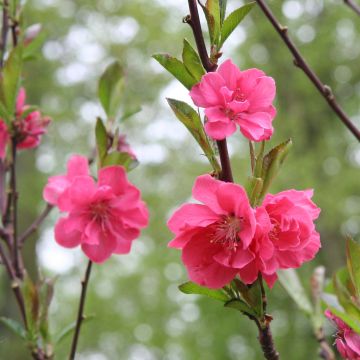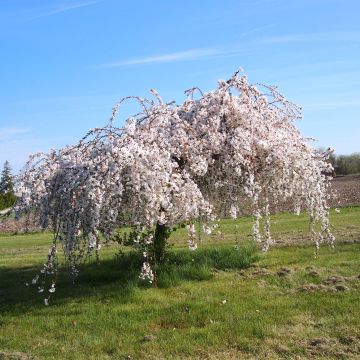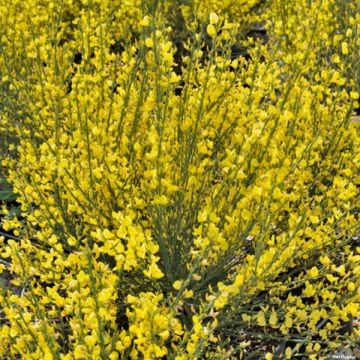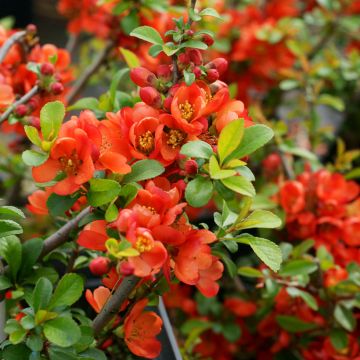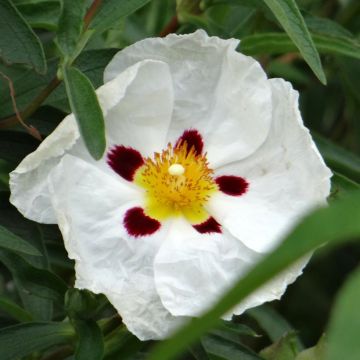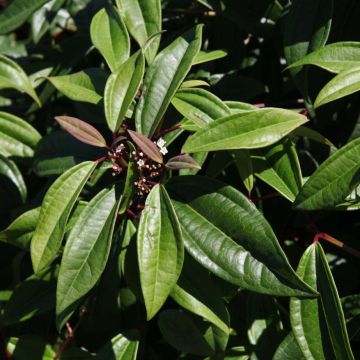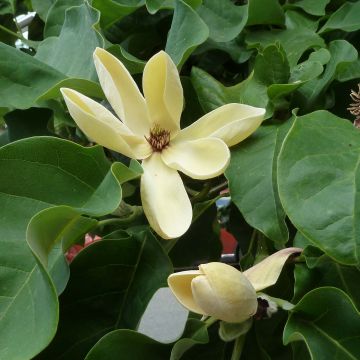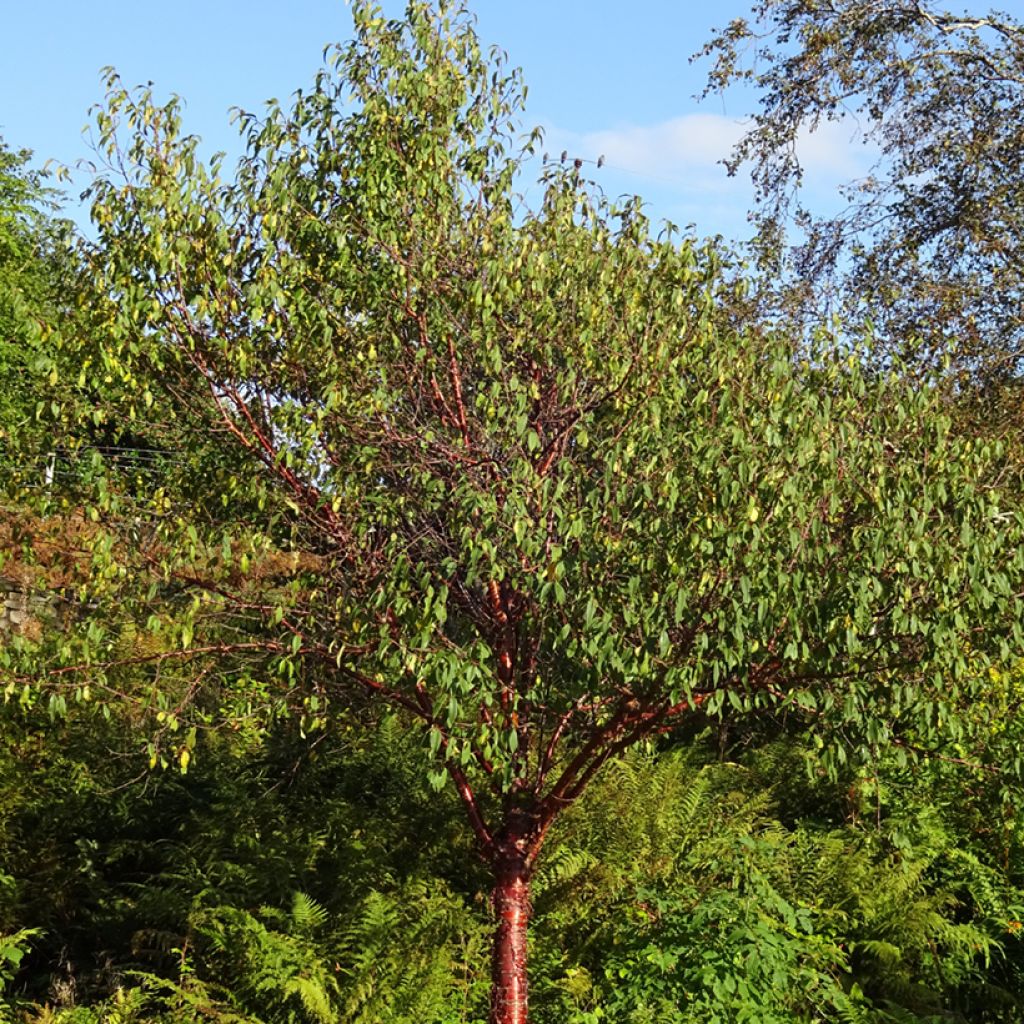

Prunus serrula - Tibetan Cherry
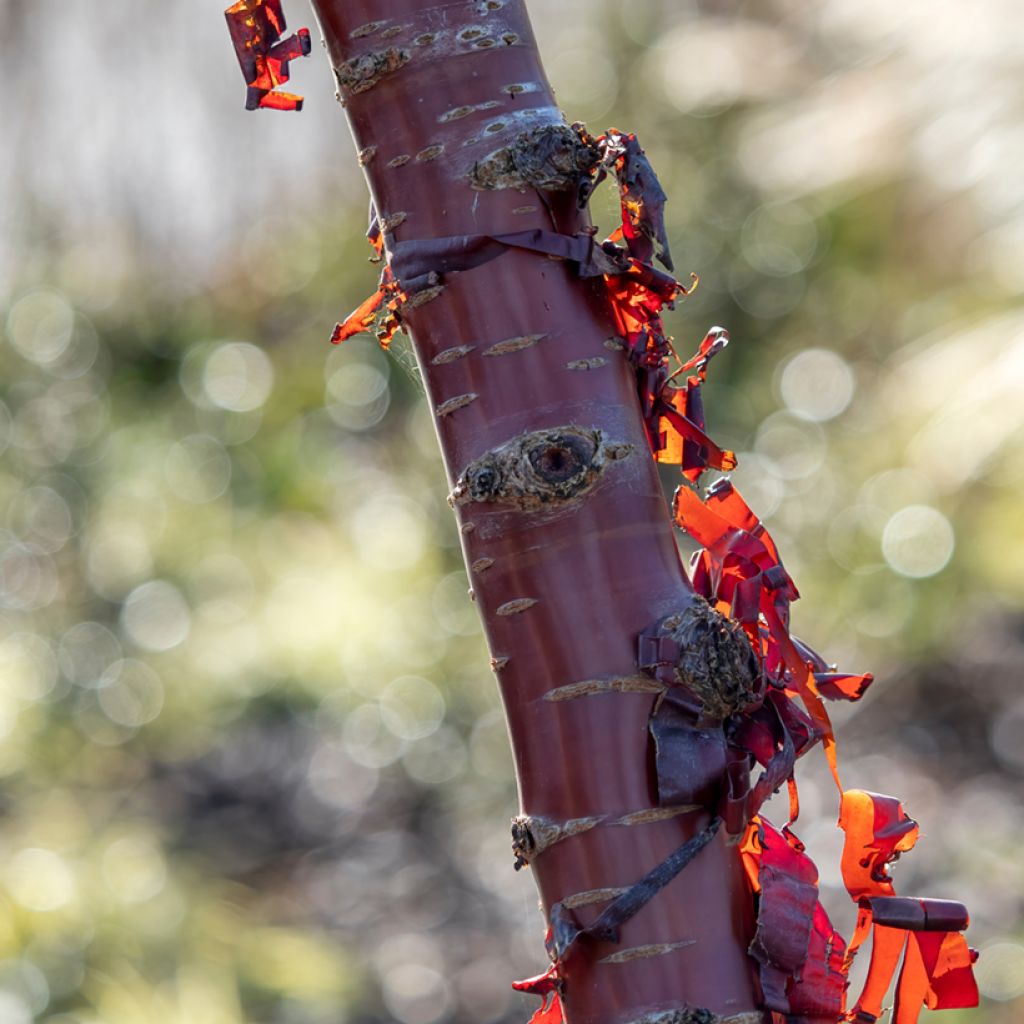

Prunus serrula - Tibetan Cherry
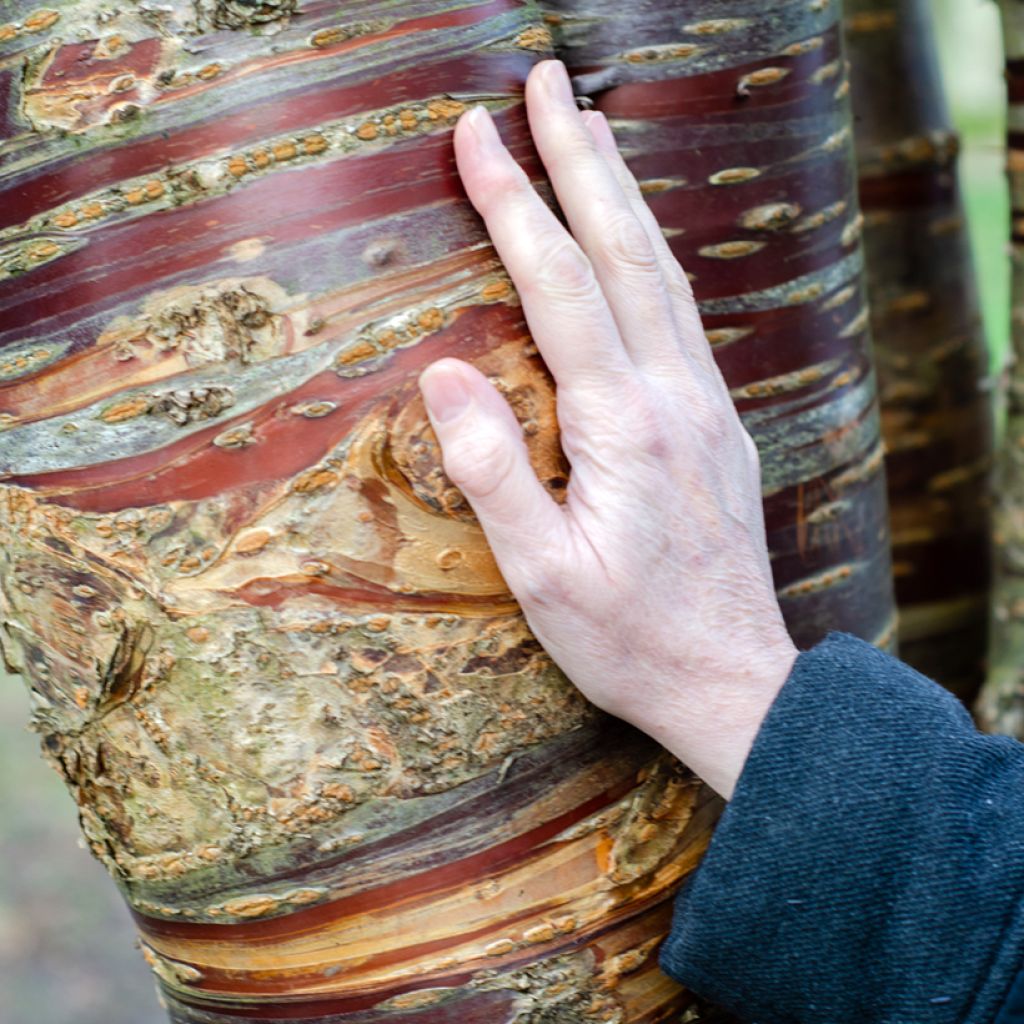

Prunus serrula - Tibetan Cherry
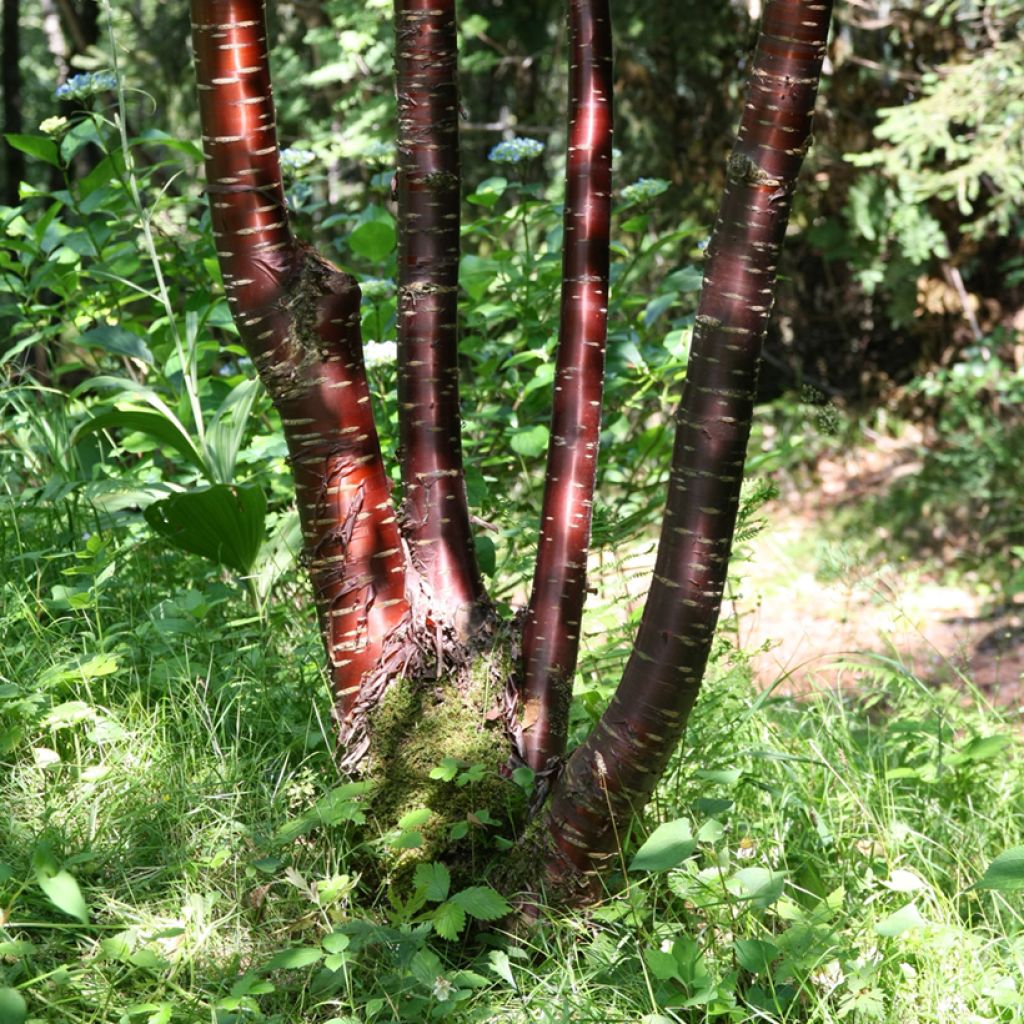

Prunus serrula - Tibetan Cherry
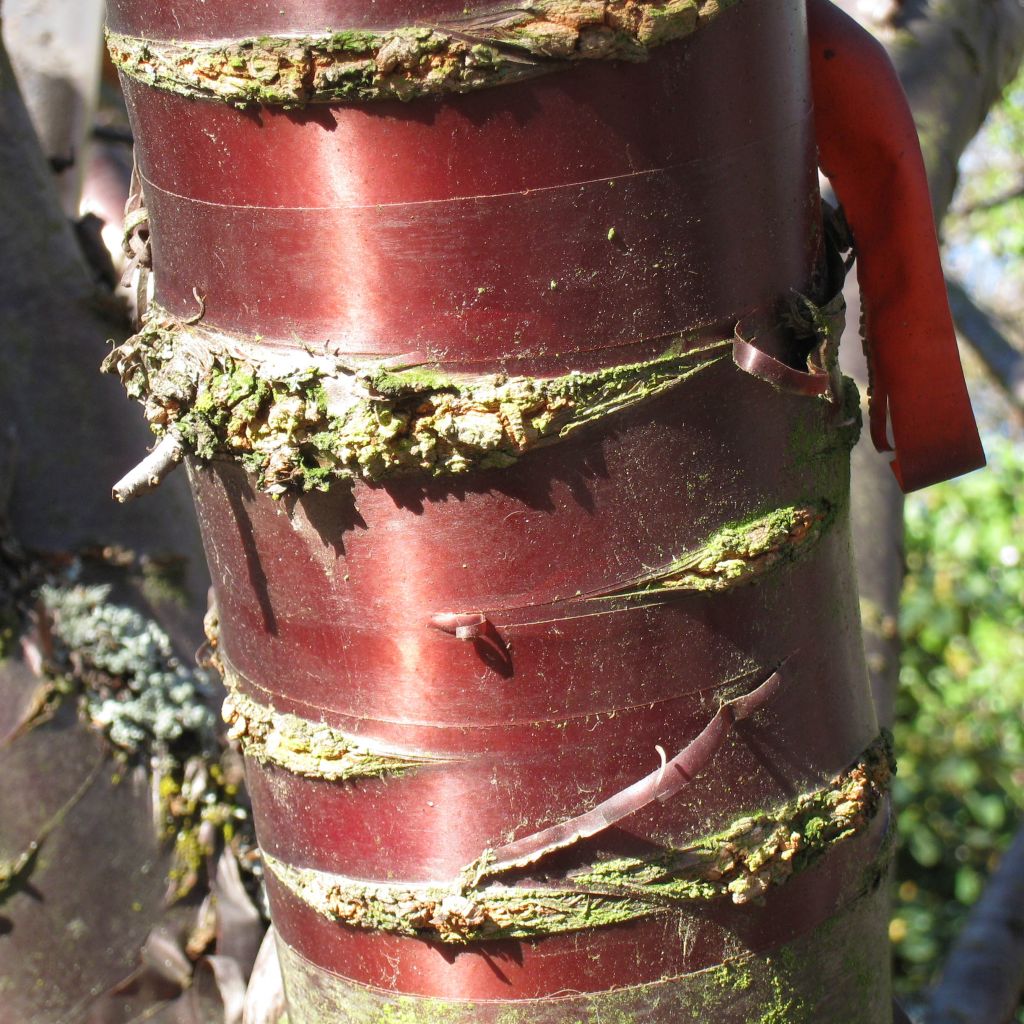

Prunus serrula - Tibetan Cherry
Prunus serrula - Tibetan Cherry
Prunus serrula
Tibetan Cherry
This item cannot be shipped to the selected country
Oversize package delivery charge from €6.90
Delivery to Corse prohibited
More information
Schedule delivery date,
and select date in basket
This plant carries a 24 months recovery warranty
More information
We guarantee the quality of our plants for a full growing cycle, and will replace at our expense any plant that fails to recover under normal climatic and planting conditions.
Oversize package: home delivery by special carrier from €6.90 per order..
Express home delivery from €8.90.
Delivery to Corse prohibited: UE law prohibits the import of this plant from mainland France to Corse as part of the fight against Xylella fastidiosa. Please accept our sincere apologies.
More information

Does this plant fit my garden?
Set up your Plantfit profile →
Description
The Prunus serrula or Tibetan Cherry is primarily appreciated for its shiny caramel or mahogany-coloured bark that peels off in long strips and offers a surrealistic decoration in summer as well as in winter. Of medium size, it forms a small tree and bears delicate white flowers in spring, not to be confused with the Japanese Cherry (Prunus serrulata) whose flowering is more abundant.
Originating from western China, where it grows naturally, the Prunus serrula was listed by the French botanist Adrien Franchet in 1890 and introduced to Europe by the Englishman Edward Adrian Wilson in 1908.
It forms a small tree with a naturally rounded and dense habit. In its natural environment, it can reach a height and spread of 15m (49.2ft). In our gardens, it will measure 6m (19.7ft) in height and spread. Its deciduous foliage reveals pedunculate leaves during the month of April, slightly pendulous, flexible, with marked veins, elongated in shape, with a cuneate base (gradually rising base) and an acuminate tip. The colour of the Tibetan Cherry's leaves will evolve throughout the rest of the year, marking each season. During spring, its leaves will appear in a tender green colour, which will gradually evolve into a dark green before falling in autumn under warm yellow hues. During the month of April, with the first spring warmth, the Tibetan Cherry will be covered in a multitude of delicate flower clusters, formed by 5 white petals, surrounding golden and erect stamens. After flowering, inedible fruits of green and then black with red highlights will appear.
Of great quality throughout the year, it nevertheless is most appreciated in winter when it can display its magnificent mahogany-coloured bark providing a touch of colour during gloomy winters.
Easy to cultivate, the Prunus serrula is very hardy and can withstand frosts well beyond -20C° (-4°F). In its natural environment, it thrives in cool and relatively cold environments. Therefore, it enjoys sunny to semi-shady exposures, in cool climates, in moist, ordinary, and well-drained soils. It is often grown as a standard to accompany flowers, but it is also used as a solitary specimen, which highlights its decorative bark and colour. It can also be found in rose gardens, providing light shade to roses and other plants. It combines beautifully with hostas, brunneras, pieris, and euonymus in flower beds.
Report an error about the product description
Prunus serrula - Tibetan Cherry in pictures
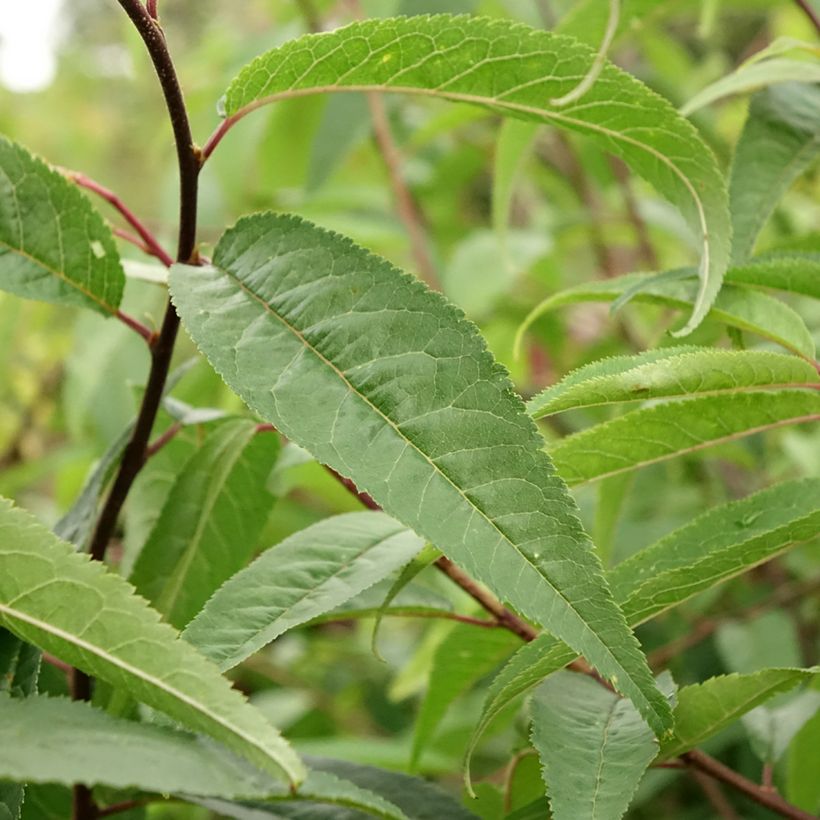

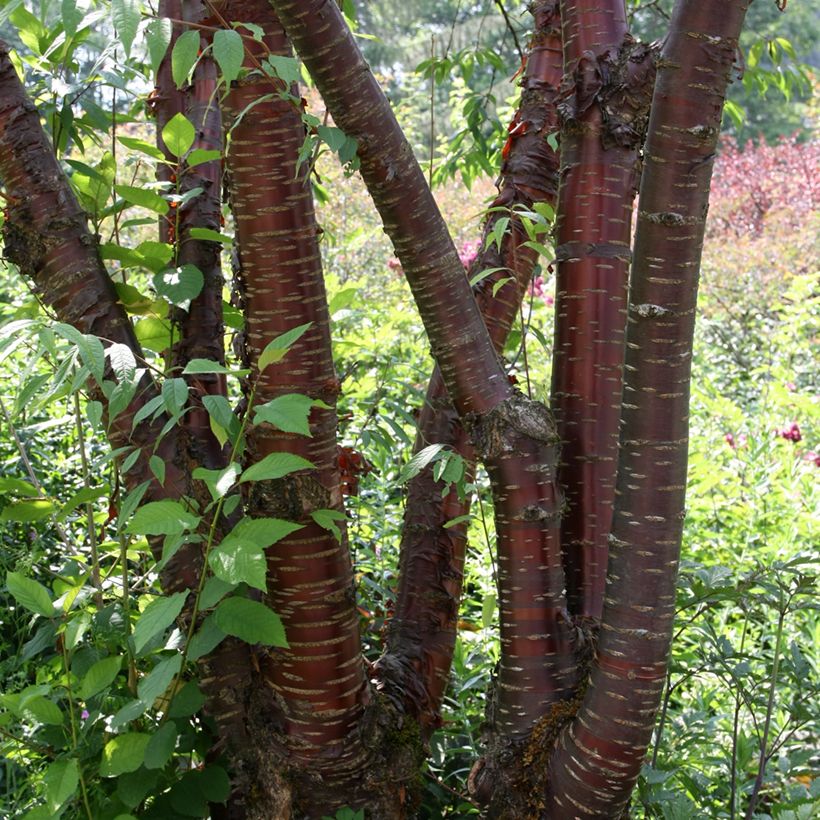

Plant habit
Flowering
Foliage
Bark
Botanical data
Prunus
serrula
Rosaceae
Tibetan Cherry
West Asia
Other Prunus
Planting and care
Plant the Tibetan Cherry in well-draining soil to avoid any risk of root asphyxiation.
Planting period
Intended location
Care
-
, onOrder confirmed
Reply from on Promesse de fleurs
Spring-flowering shrubs
Haven't found what you were looking for?
Hardiness is the lowest winter temperature a plant can endure without suffering serious damage or even dying. However, hardiness is affected by location (a sheltered area, such as a patio), protection (winter cover) and soil type (hardiness is improved by well-drained soil).

Photo Sharing Terms & Conditions
In order to encourage gardeners to interact and share their experiences, Promesse de fleurs offers various media enabling content to be uploaded onto its Site - in particular via the ‘Photo sharing’ module.
The User agrees to refrain from:
- Posting any content that is illegal, prejudicial, insulting, racist, inciteful to hatred, revisionist, contrary to public decency, that infringes on privacy or on the privacy rights of third parties, in particular the publicity rights of persons and goods, intellectual property rights, or the right to privacy.
- Submitting content on behalf of a third party;
- Impersonate the identity of a third party and/or publish any personal information about a third party;
In general, the User undertakes to refrain from any unethical behaviour.
All Content (in particular text, comments, files, images, photos, videos, creative works, etc.), which may be subject to property or intellectual property rights, image or other private rights, shall remain the property of the User, subject to the limited rights granted by the terms of the licence granted by Promesse de fleurs as stated below. Users are at liberty to publish or not to publish such Content on the Site, notably via the ‘Photo Sharing’ facility, and accept that this Content shall be made public and freely accessible, notably on the Internet.
Users further acknowledge, undertake to have ,and guarantee that they hold all necessary rights and permissions to publish such material on the Site, in particular with regard to the legislation in force pertaining to any privacy, property, intellectual property, image, or contractual rights, or rights of any other nature. By publishing such Content on the Site, Users acknowledge accepting full liability as publishers of the Content within the meaning of the law, and grant Promesse de fleurs, free of charge, an inclusive, worldwide licence for the said Content for the entire duration of its publication, including all reproduction, representation, up/downloading, displaying, performing, transmission, and storage rights.
Users also grant permission for their name to be linked to the Content and accept that this link may not always be made available.
By engaging in posting material, Users consent to their Content becoming automatically accessible on the Internet, in particular on other sites and/or blogs and/or web pages of the Promesse de fleurs site, including in particular social pages and the Promesse de fleurs catalogue.
Users may secure the removal of entrusted content free of charge by issuing a simple request via our contact form.
The flowering period indicated on our website applies to countries and regions located in USDA zone 8 (France, the United Kingdom, Ireland, the Netherlands, etc.)
It will vary according to where you live:
- In zones 9 to 10 (Italy, Spain, Greece, etc.), flowering will occur about 2 to 4 weeks earlier.
- In zones 6 to 7 (Germany, Poland, Slovenia, and lower mountainous regions), flowering will be delayed by 2 to 3 weeks.
- In zone 5 (Central Europe, Scandinavia), blooming will be delayed by 3 to 5 weeks.
In temperate climates, pruning of spring-flowering shrubs (forsythia, spireas, etc.) should be done just after flowering.
Pruning of summer-flowering shrubs (Indian Lilac, Perovskia, etc.) can be done in winter or spring.
In cold regions as well as with frost-sensitive plants, avoid pruning too early when severe frosts may still occur.
The planting period indicated on our website applies to countries and regions located in USDA zone 8 (France, United Kingdom, Ireland, Netherlands).
It will vary according to where you live:
- In Mediterranean zones (Marseille, Madrid, Milan, etc.), autumn and winter are the best planting periods.
- In continental zones (Strasbourg, Munich, Vienna, etc.), delay planting by 2 to 3 weeks in spring and bring it forward by 2 to 4 weeks in autumn.
- In mountainous regions (the Alps, Pyrenees, Carpathians, etc.), it is best to plant in late spring (May-June) or late summer (August-September).
The harvesting period indicated on our website applies to countries and regions in USDA zone 8 (France, England, Ireland, the Netherlands).
In colder areas (Scandinavia, Poland, Austria...) fruit and vegetable harvests are likely to be delayed by 3-4 weeks.
In warmer areas (Italy, Spain, Greece, etc.), harvesting will probably take place earlier, depending on weather conditions.
The sowing periods indicated on our website apply to countries and regions within USDA Zone 8 (France, UK, Ireland, Netherlands).
In colder areas (Scandinavia, Poland, Austria...), delay any outdoor sowing by 3-4 weeks, or sow under glass.
In warmer climes (Italy, Spain, Greece, etc.), bring outdoor sowing forward by a few weeks.

































